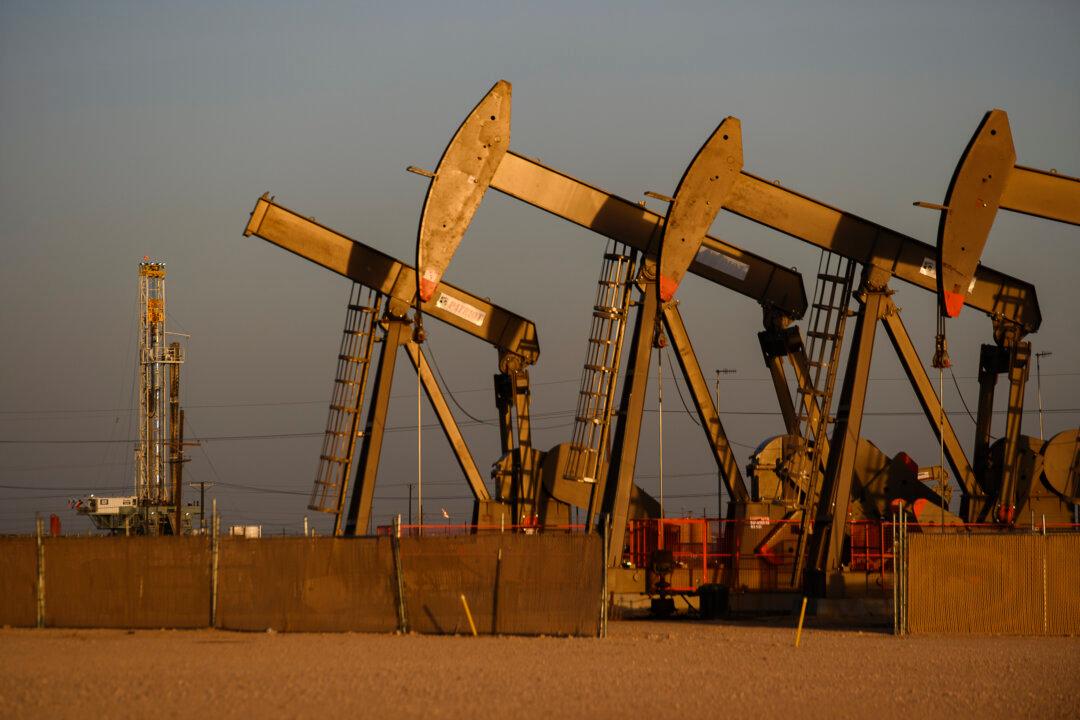Federal and state environmental authorities are reporting a low compliance rate in 60 percent of oil and gas facilities in the New Mexico Permian Basin.
The Permian Basin, located in western Texas and southeastern New Mexico, is the largest oil resource in the United States, producing millions of barrels a day.





